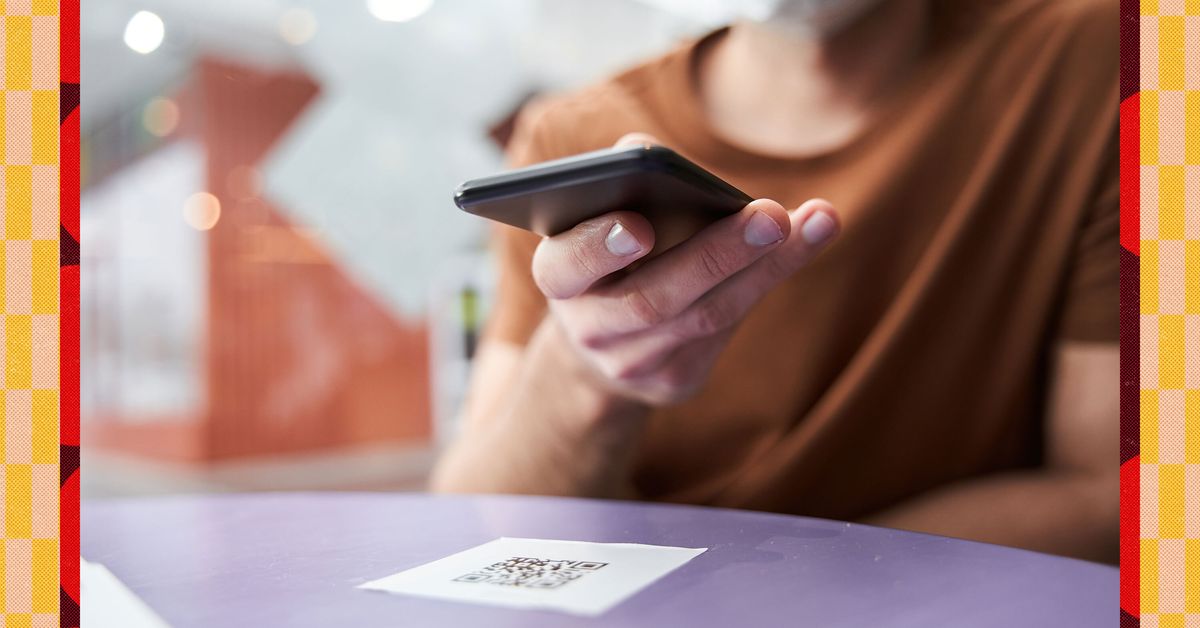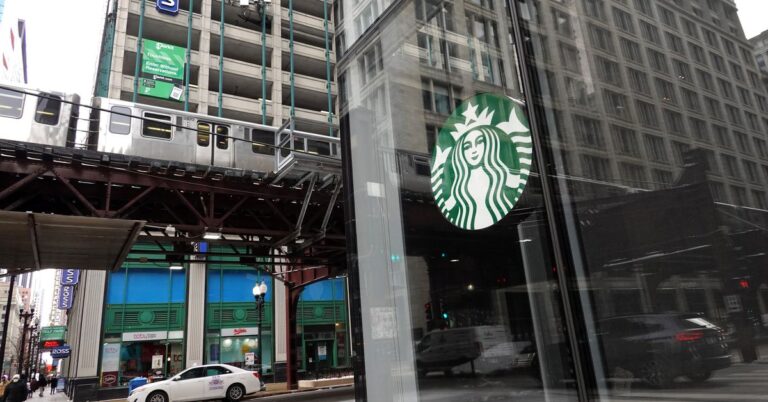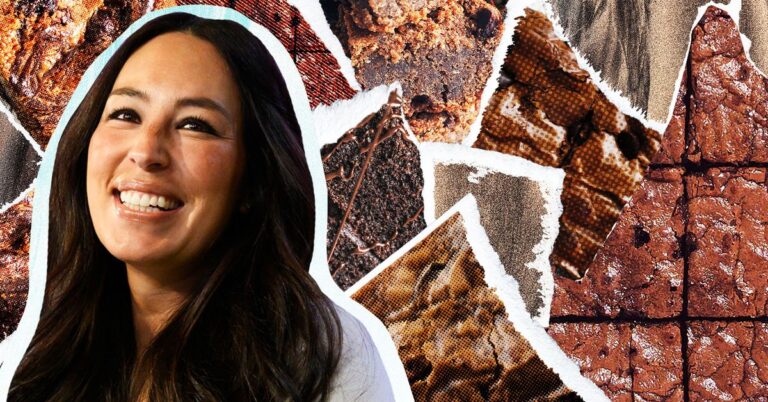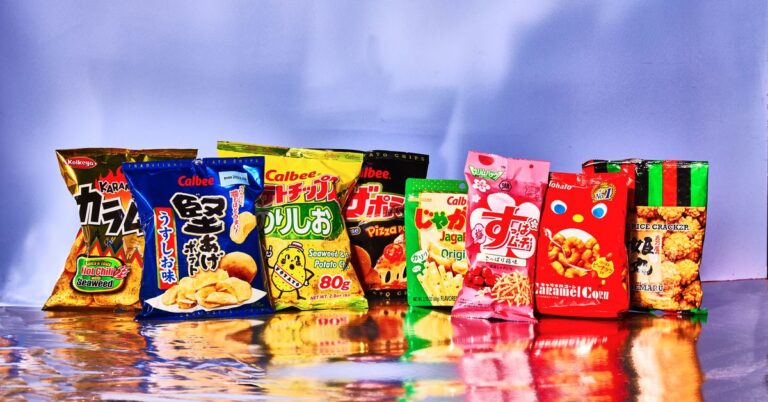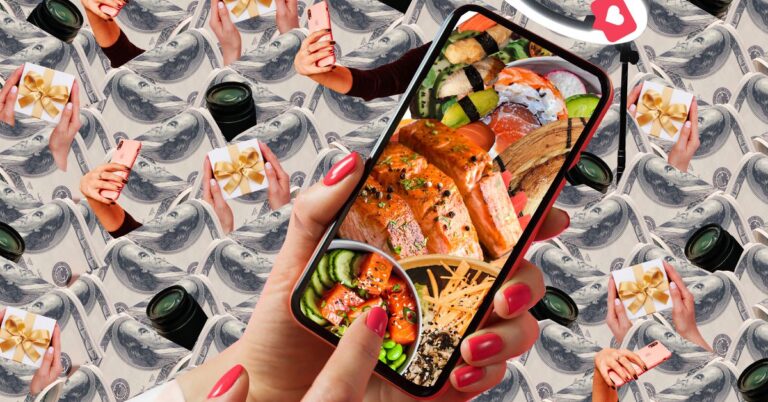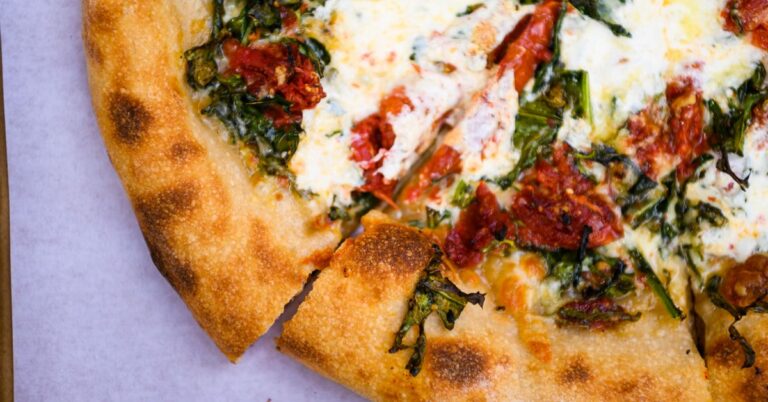Trend: Restaurant QR Code Menus Are Here to Stay
I keep forgetting. I’ll sit down to dinner and wait for a server to come by, and after a time I’ll start to crane my neck out and make eye contact. I am one of those people who will bend over backward to forgive what is generally considered “bad service,” because service work is exhausting and frantic and I know I have the privilege of even being served. But after a while it’s like, c’mon, I do need a menu. And then when the server arrives asking if I’ve decided what I want, I’ll remember, oh right, the menu isn’t a menu anymore. It’s this pixelated square sitting on the table.
Tech began to pop up in restaurants before the pandemic. At some fast-casual places you could order from a tablet at your table, never speaking to a server, and apps let you order your Starbucks on the go and have it waiting when you arrive. But the pandemic heightened the need for contactless options. In the early days, before we knew more about the virus, a paper menu seemed like a natural vector for infection, passing through dozens of hands and absorbing breath particles from the air. A menu accessed via a QR code from your smartphone provided a veneer of safety, and negated the need for contact with another human for any reason other than to deliver your food or check. All of a sudden, QR codes were everywhere.
The technology is there for the QR code to provide not just a menu, but an entire ordering system. Some restaurants just upload a PDF of their menu to a website you can access through a QR code, but others use services like Scanour.menu for in-house ordering, so restaurants can operate with fewer servers. According to Steve Wright, CEO of Scanour.menu, they’re seeing that more in casual and fast-casual restaurants, where the expectations around hospitality are different. But he also sees adoption in fine dining. At places like the Russian Tea Room in New York or restaurants in the Shard tower in London, Wright notes how QR codes fuel “hybrid service,” where QR ordering is available at the bar, but the restaurant goes full-service when you’re seated at a table.
While most restaurants adopted the QR code menu during the pandemic, Wright says he’s seeing a new wave of interest, as operators realize the QR code menu has convenience for them beyond the sanitation theater of the pandemic. And that often manifests in ways that are mostly hidden to the diner. “[If] something gets sold out on the menu, you click a button and it goes off instantly,” he says of the code menu’s flexibility. “Then you don’t have to reprint your menu 20 times.” Reprinting menus or telling customers something’s been eighty-sixed is one less thing for harried staff to do, and Wright says it’s also saved restaurants money on printing costs. Since restaurants continue to struggle amid staff shortages and inadequate pandemic aid, every little bit helps.
Now, the future of QR codes, say those in the industry, is fully exploring what can be done with the tech. “Right now you’re looking at a static menu,” said Michael Beacham, president of REEF Technology. “Eventually what you’ll look at is a menu that changes, and eventually, pricing that changes throughout the day.” In the future, restaurants could update menus when they’re out of certain items, or slash pricing if a certain dish needs to move, or even create peak pricing for the dinner rush. “Pricing could be higher on, say, Friday night than it is on a Monday,” says Wright. “You can preschedule different menus.”
Restaurant owners also see a draw in digital menus around data. “If you run a restaurant that doesn’t take reservations, you don’t know who your guest is until they pay,” Bo Peabody, co-founder and executive chairman of reservations app Seated, told CNBC. “What the QR code might allow you to do is learn who that guest is right when they’re sitting down.” Restaurants can quickly see who is ordering what kinds of dishes, and save customers’ preferences for the next time they dine in. Wright says his company has also developed a new service to track allergies, “so if you are gluten free, you set it once; the next time [the customer] comes to the restaurant, it’ll remember as long as the cookie is not removed from your phone, and instantly will strike out all the dishes that are not for you.”
But while some restaurant owners see a strong future in QR codes, others, as well as customers, aren’t sure the supposed convenience is worth the possible changes to dining culture. Dynamic pricing is something diners are used to during, say, happy hour, but restaurants and reservations services like Resy and OpenTable have tried surge pricing for prime reservations spots before, and faced backlash for it. What does go well, sometimes, is lowering the price for dinner at “off-peak” tables at upscale restaurants. But your local pasta place deciding to lower the price of the dish you just ordered because it wants to sell more is a little weirder.
And more crucially, eating out is not just about the food. While horrible expectations have been set in the name of service, being served is the entire reason why every restaurant didn’t permanently switch to delivery. When you, the customer, take on some of the work previously associated with hospitality, you become in charge of your own menu, your own ordering, even processing your own credit card. Some of the magic is gone when so much is DIY.
“Just want to come clean, F-word QR codes,” read a recent Instagram post from Long Island City cocktail bar Dutch Kills. “Looking at your phone to look at a menu is nauseating.” It was met with dozens of Amens and Hear Hears, as well as treatises on why QR code menus are a necessity for the visually impaired, or just for restaurants who want to save paper. “We didn’t expect the post to get the reaction that it did,” says owner Richard Boccato, who specifies that every restaurant has to do what works for them. But for Dutch Kills, QR code menus are just not what works for practical or philosophical reasons.
“First off, historically we’re a dead zone for Wi-Fi anyway,” so there have always been technical issues, which is a bigger problem considering their varied clientele. “We’re built on regulars, and we try to maintain that we are not just for young kids moving into LIC, we’re for everyone,” he says. So trying to explain how to connect to Wi-Fi or download a menu to an older or just not tech-savvy customer is a hassle.
But aside from that, it’s an issue of atmosphere. QR codes normalize looking at your phone during a meal or a drink, which is often rude. You may just be checking to see what you want your next drink to be, but from there it’s easy to start checking texts and emails while pretending you’re paying attention to the people you’re with. “There should be some time sacred, that’s reserved for talking to people and deciding on something together, and pulling out your phone immediately kills that,” says Boccato. “You’re not really there with the person having the experience, you’re back in phone land.”
Like basically all forms of technology, QR code menus have the ability to build connection and the ability to alienate. They can make it easier to sort for allergies or other preferences, or they can augur a world in which there’s no server around to ask which appetizer she prefers. They can save restaurants money, or facilitate a bar environment in which no one is engaging with each other, or create a world where the price of a dish declines every hour over the course of a night. None of that is really because of the QR code itself, but rather the environment restaurateurs want to build. Hospitality is, first and foremost, “a human-to-human interaction” says Boccato. QR code menus might be here to stay, but it’s the humans that get to decide what kind of environment to build with them.
